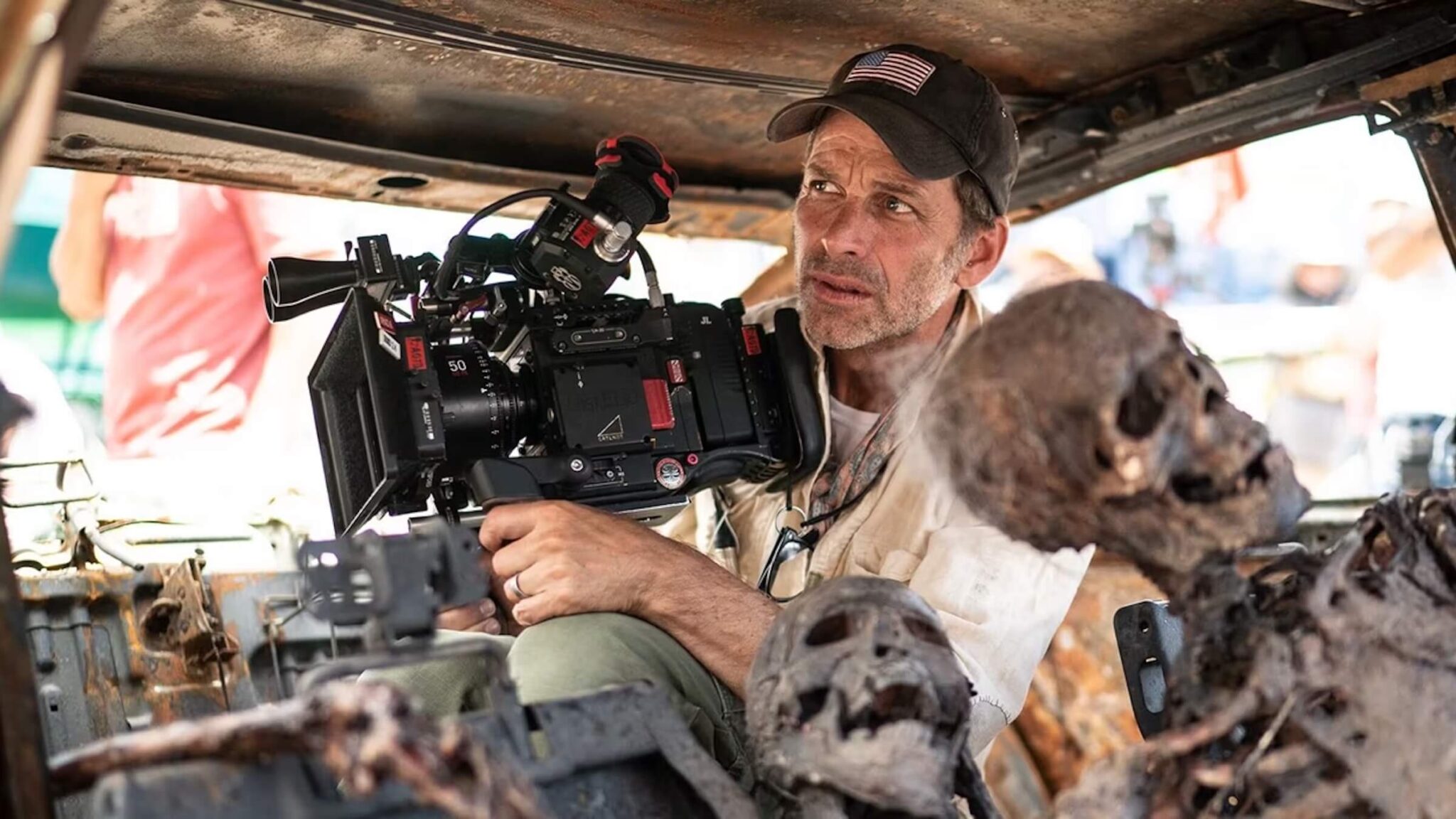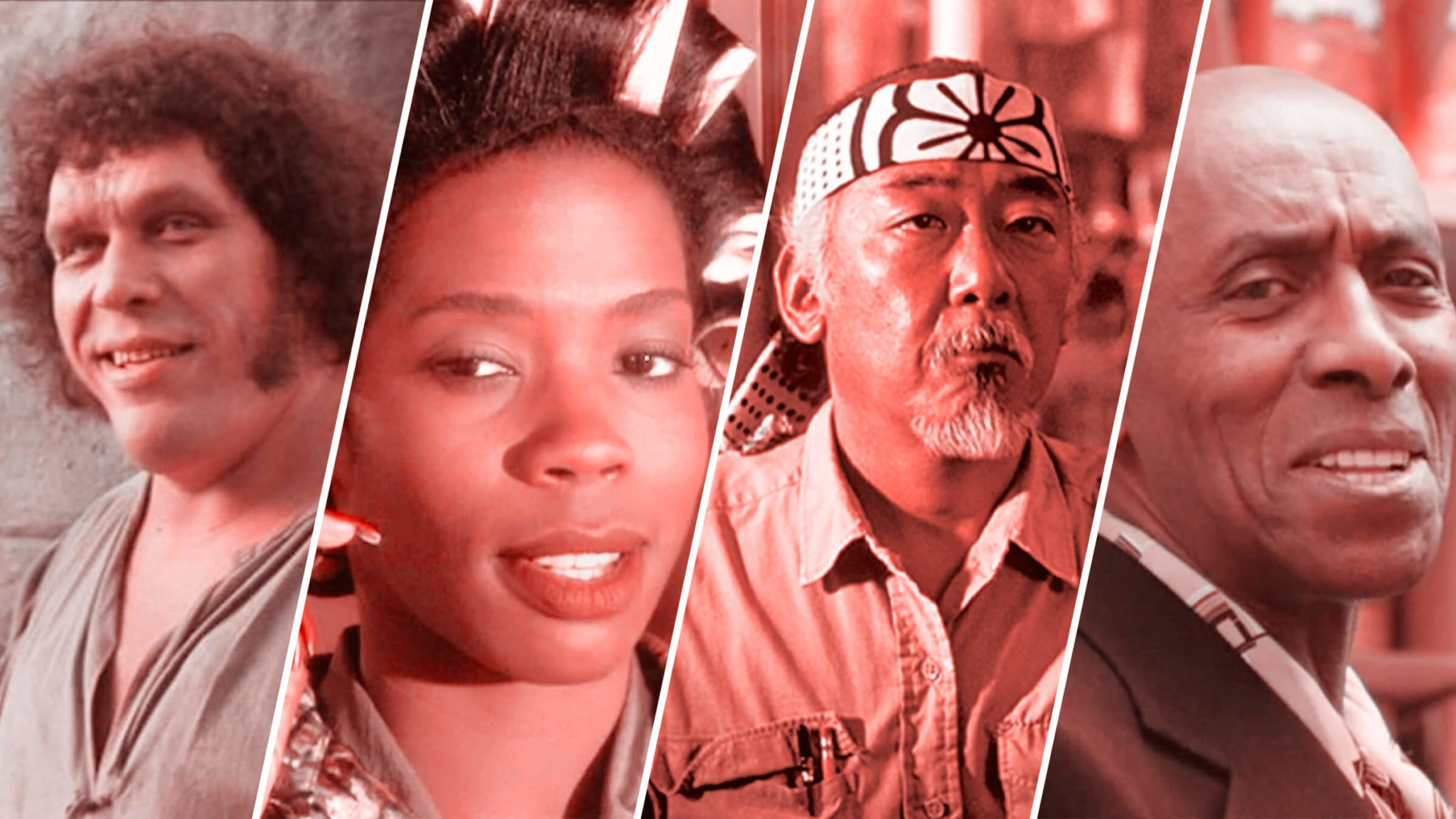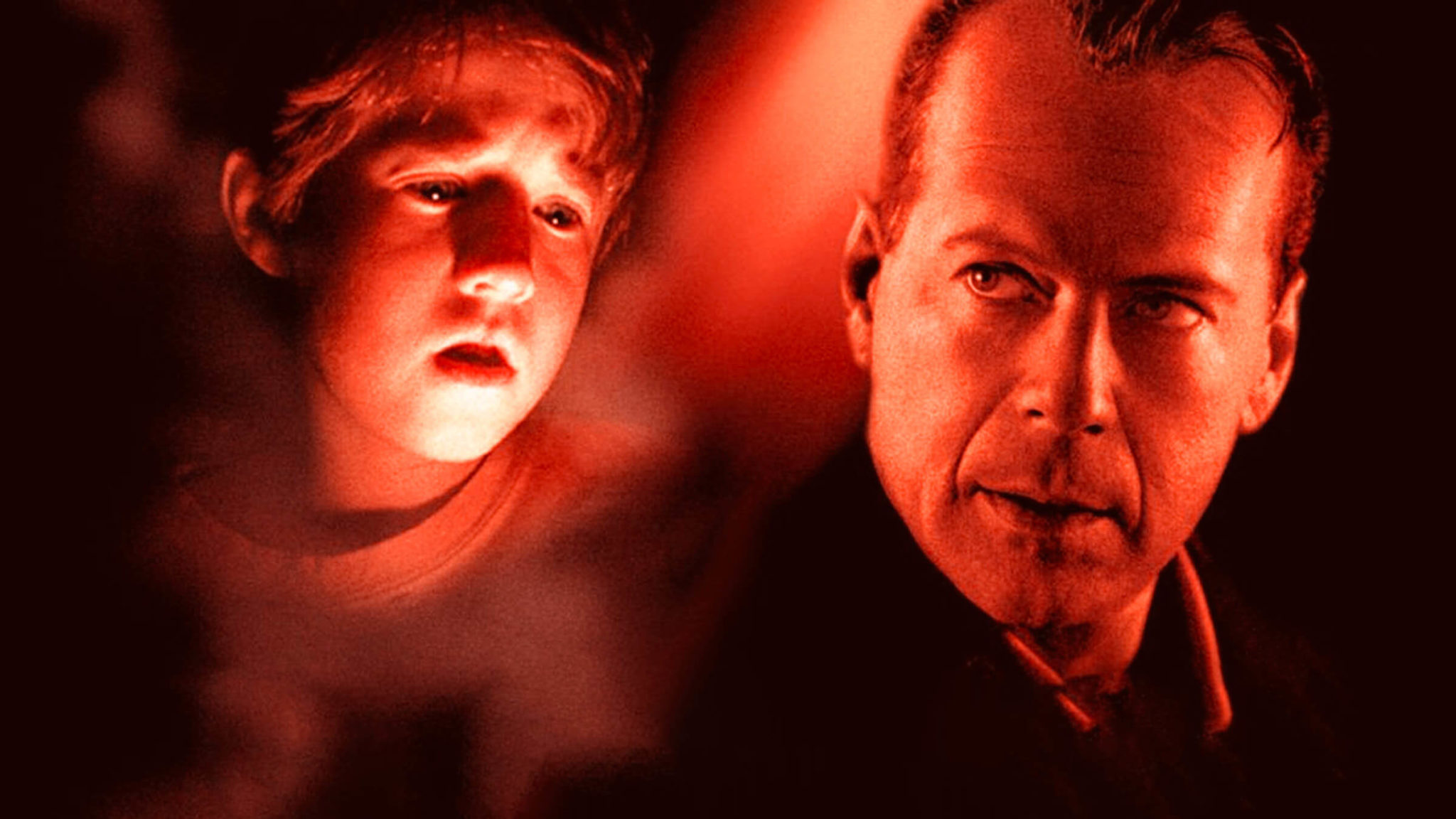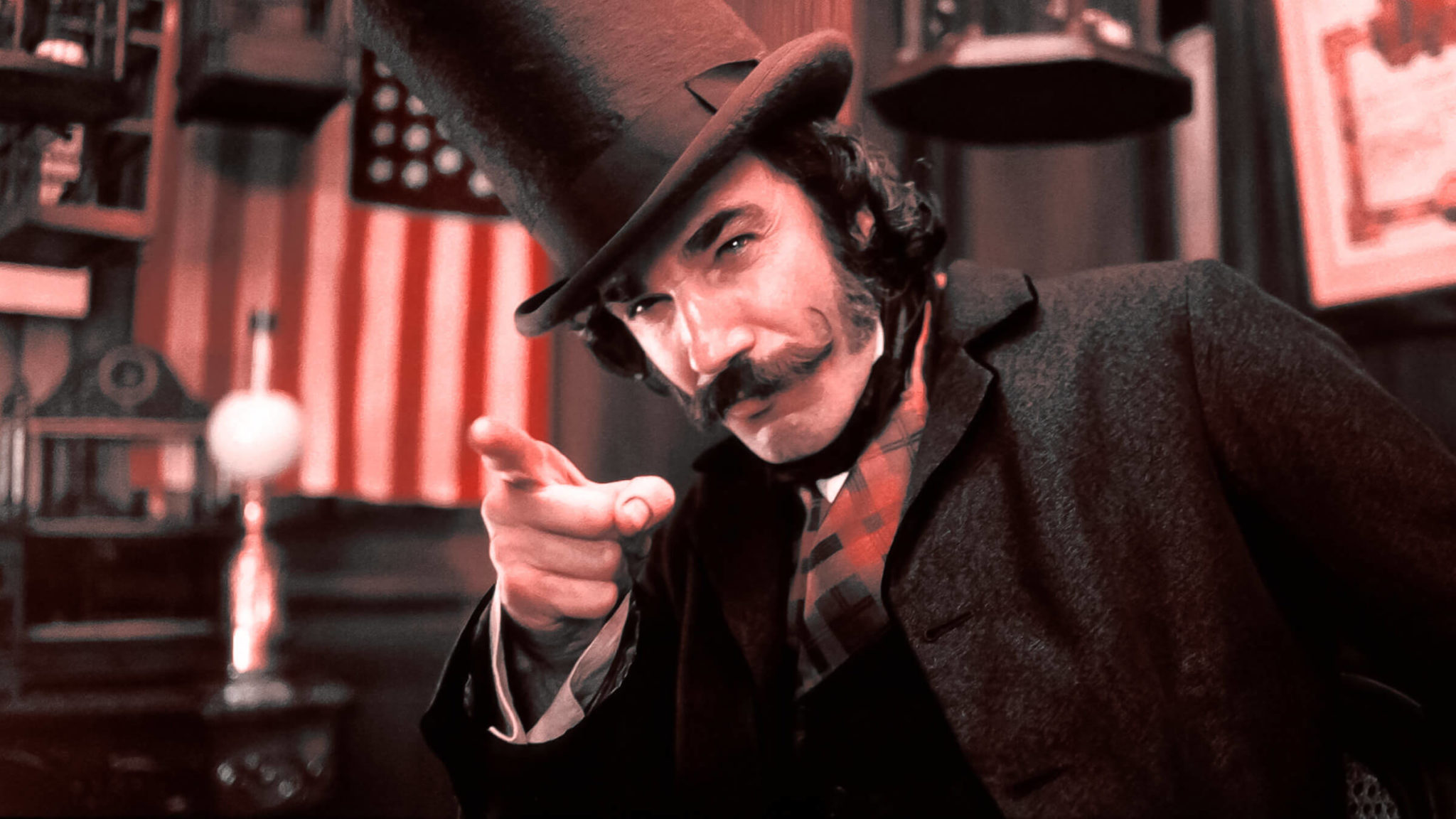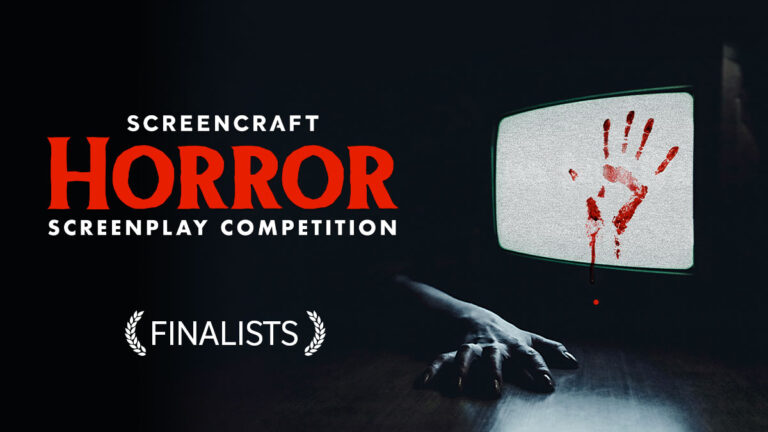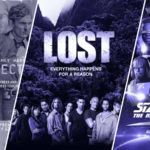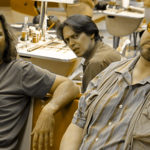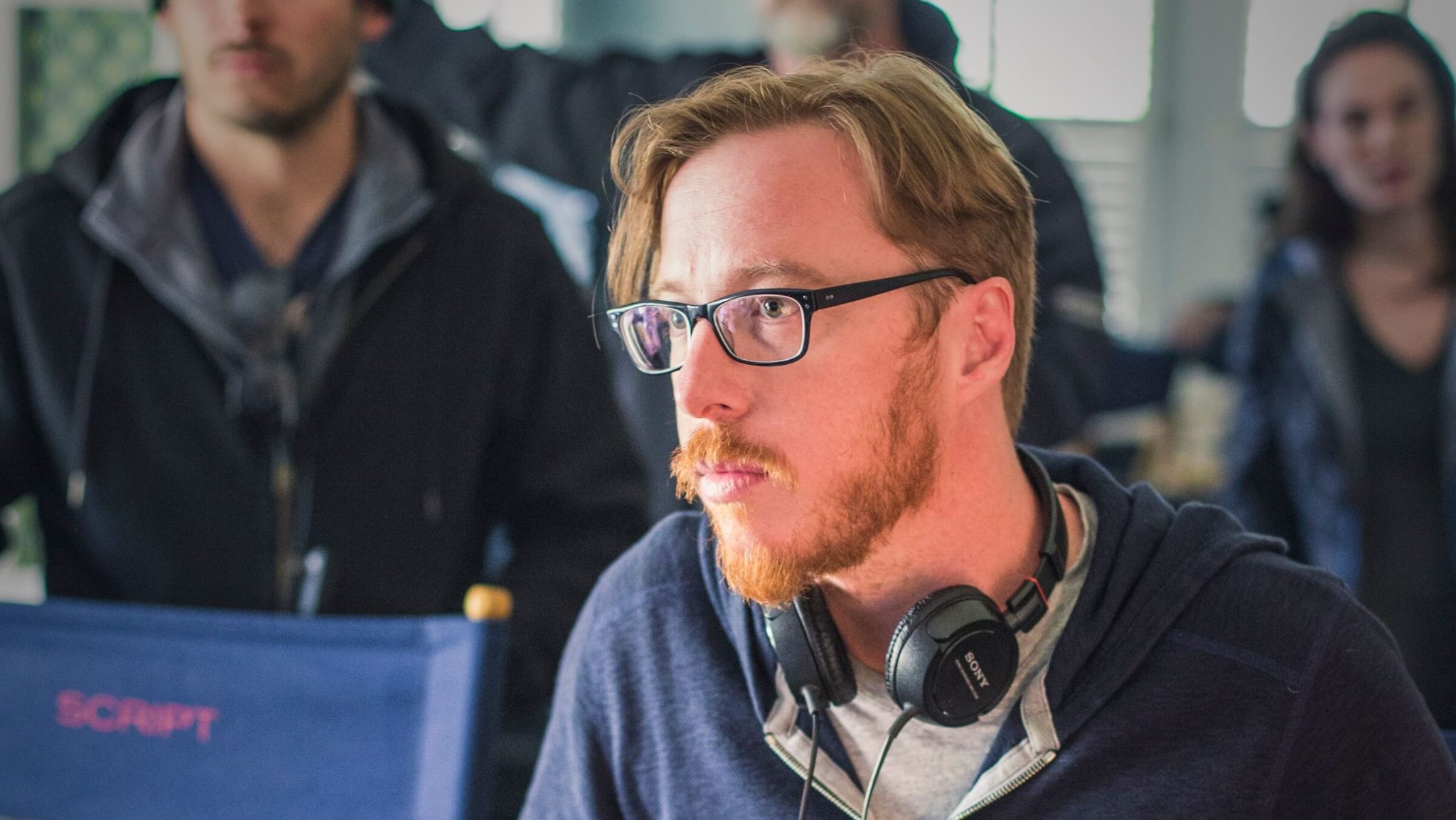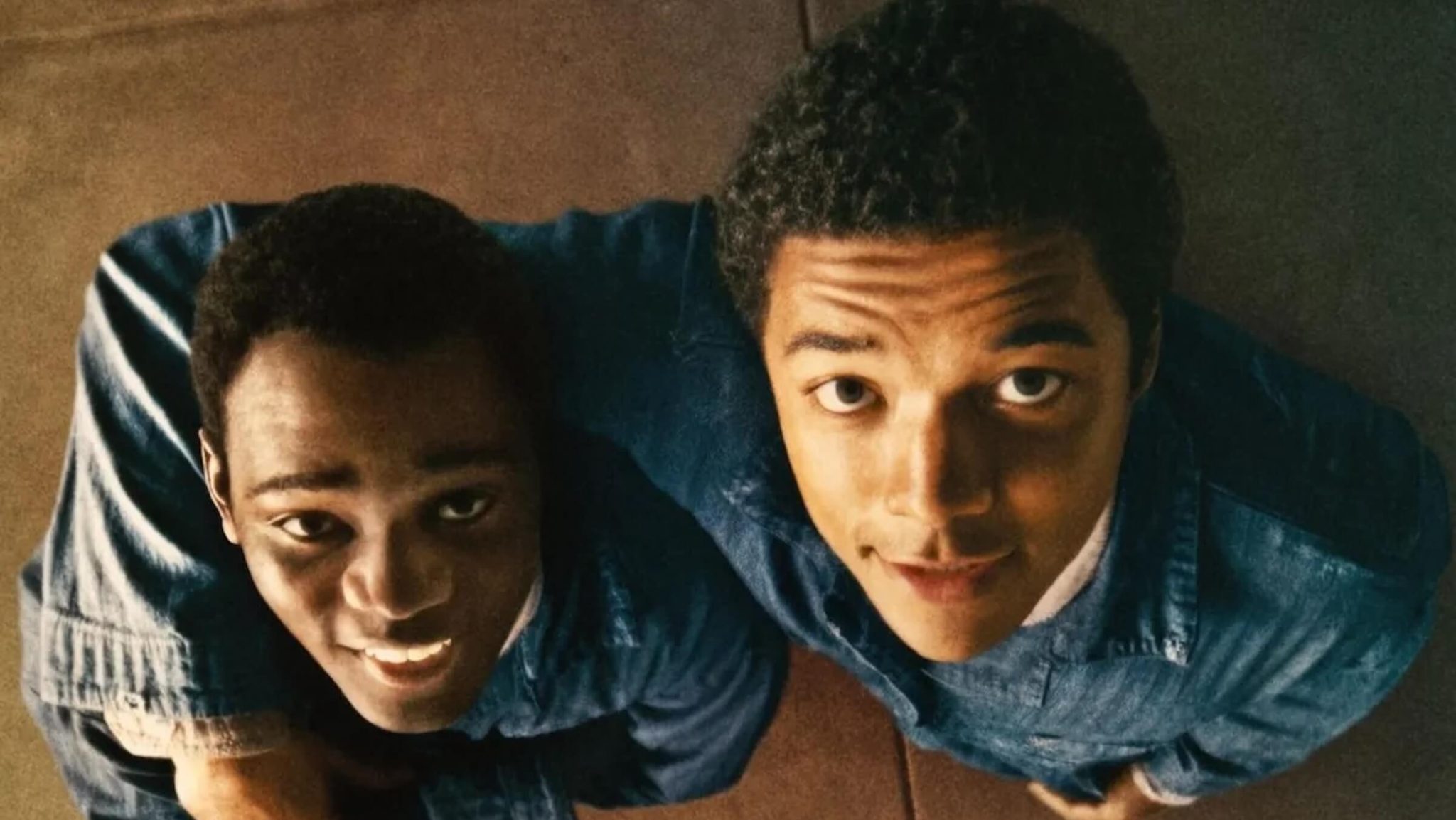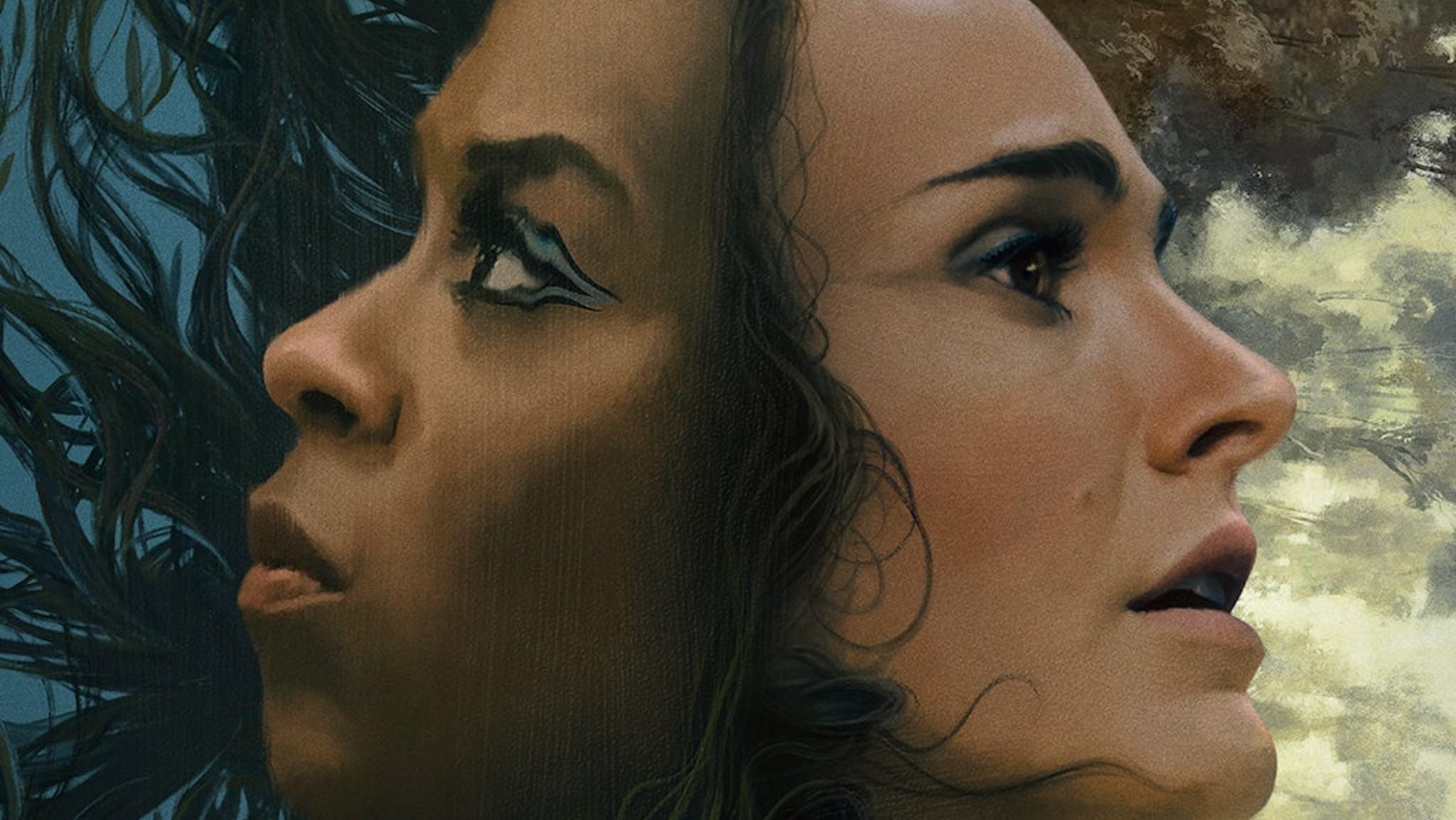5 Trademarks of Zack Snyder Movies
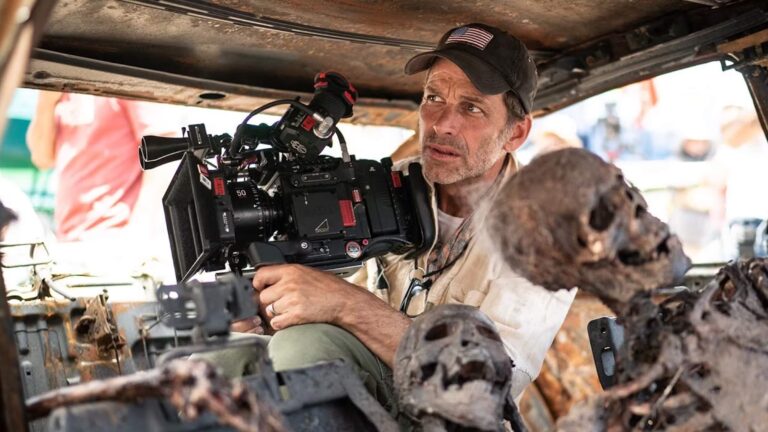
For most of the mass audience, Zack Snyder is remembered for his DC Extended Universe (DCEU) movies, tackling the likes of Man of Steel, Batman v Superman: Dawn of Justice, and the much-discussed Zack Snyder's Justice League (he was replaced for the theatrical release when he had to step away for family reasons).
Before that, his directorial journey began with the gripping remake of Dawn of the Dead in 2004, quickly establishing himself in Hollywood. His adaptation of the iconic graphic novel 300 in 2006 marked a turning point, showcasing his unique ability to blend hyper-stylized visuals with dynamic storytelling.
This style was exemplified in his ambitious projects, such as the faithful adaptation of the iconic graphic novel Watchmen. He parlayed that success and visual style by being hired to direct the first Superman movie in the DCEU franchise. Snyder has since returned to his zombie roots with Army of the Dead and created his space opera with the Netflix Rebel Moon franchise.
But what is it about Snyder that stands apart from his peers? Let's explore five of his cinematic trademarks and common themes found in his resume.
Dark and Complex Superhero Movies
While his directing style for the superhero genre was initially scoffed by fans, there’s been a slowly-building movement within superhero fandom that heralds his work, particularly in the DCEU universe.
Snyder’s approach is most distinguished by his focus on darker themes and more complex narratives, deviating from traditional portrayals of superheroes that we had seen in the competing MCU movies.
His films often explore the gray areas of morality, eschewing clear-cut notions of good and evil. In Batman v Superman: Dawn of Justice, he delves into the consequences of Superman's god-like powers on society and the moral dilemmas that arise from such power. His portrayal of Batman as a more brutal and weary vigilante further adds to this theme of moral ambiguity.
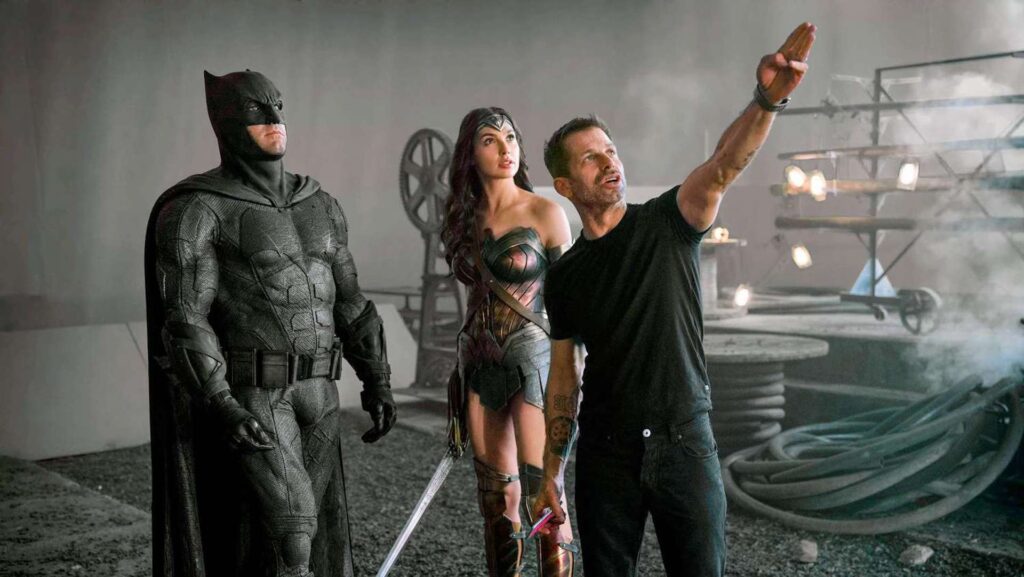
Zack Snyder on the set of 'Justice League' (2017)
Snyder's portrayal of superheroes represents deeply flawed and humanized characters dealing with personal struggles, doubts, and fears. In Man of Steel, Superman is an alien struggling with his identity and purpose on Earth, a significant departure from the traditionally unambiguous and confident character.
His superhero films do not shy away from depicting violence and its consequences. The intense battle scenes in Man of Steel and Batman v Superman highlight the physical and collateral damage of superhero conflicts, a topic often glossed over in other adaptations.
Read More: Violence In Media: Can We Put The Debate To Rest?
If you look at Watchmen, Snyder deconstructs the concept of heroism. The film questions the very idea of superheroes, their role in society, and the personal cost of living as a vigilante. Watchmen is not just a superhero film but also a commentary on the Cold War, the nature of power, and the role of heroes in society.
Yes, the source material (graphic novel) provided those themes for him. Regardless, Snyder took what he learned from adapting Watchmen and applied it to his DCEU movies, offering truly dark and complex takes on the superhero genre, traditionally characterized by more straightforward and lighter stories and themes.
It should be noted that Christopher Nolan did the same with his The Dark Knight trilogy—and Nolan was a producer on Snyder’s Man of Steel, creating a cinematic universe closer to Nolan’s own Batman films.
Read More: Action, Reaction, Consequences: Exploring Your Hero's External ARC
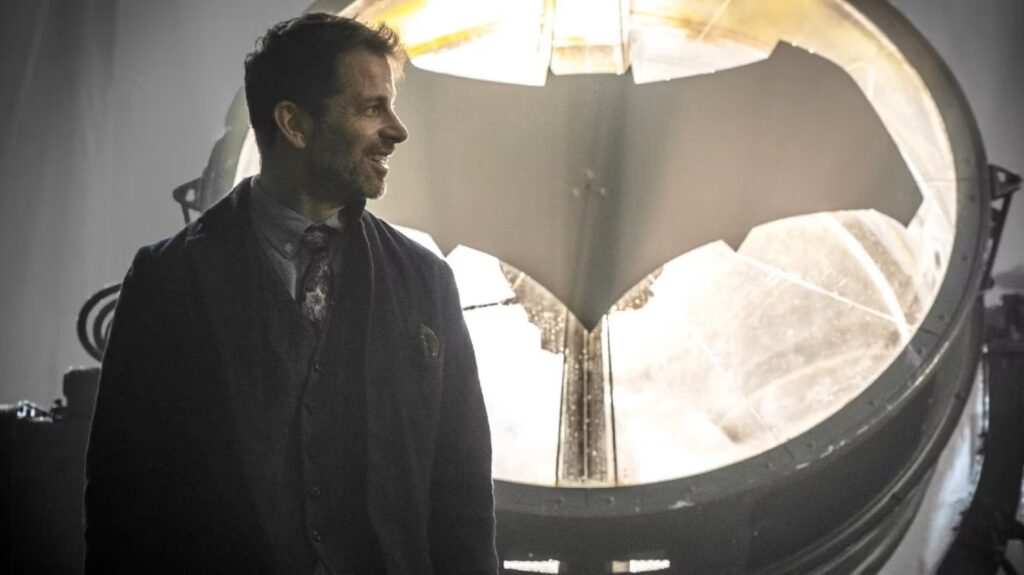
Zack Snyder on the set of 'Justice League' (2017)
Zack Snyder's World of Adaptations
It may seem redundant, but Snyder’s work is most known for his adaptations of graphic novels and comic books. A big part of his resume involves adapting the works of others. And most of those works are from the visual frameworks of graphic novels and comics.
Starting with 300, Snyder showcased his unique visual style that brought comic book panels to the screen.
It continued with his adaptation of Watchmen, which often showcased scenes and sequences pulled directly from the source material’s uniquely visual artwork panels.
Snyder's work in the DCEU continued his journey through graphic novels and comic adaptations.
Snyder has also directed two zombie movies, working directly from George A. Romero’s zombie universe with the remake of Dawn of the Dead and his latest zombie installment, Army of the Dead.
2011’s Sucker Punch was Snyder's first film based on an original concept with no source material attached. 2023’s first installment of his Rebel Moon franchise was his second original concept (however, it was based on development work he did for an abandoned Star Wars movie he was developing with Lucasfilm and Disney).
So, you know it’s a Zack Snyder movie if it’s an adaptation (or sequel) of some existing intellectual property.
Read More: What Hollywood Wants (and How to Give It to Them): Intellectual Property Adaptations
Zack Snyder Trademark Hyper-Stylized Visuals
From 300 on, Snyder has embraced a hyper-stylized approach to visual storytelling in his movies. This particular visual style also complements the thematic darkness of his films.
He often uses a muted color palette, stark lighting, and shadow-heavy compositions, which offer visuals seen in no other movie. This aesthetic creates a more somber and intense atmosphere, differentiating his films from the often brighter and more colorful studio genre movies.
Look at the differences between footage he shot for Justice League, and the theatrical release directed by Joss Whedon.
Snyder’s scale is a huge factor as well. In the DCEU films, in particular, he framed those superheroes in a way where they are larger than life, showcasing them as the god-like figures that his themes portrayed.
Perhaps the best examples of this can be found in 300 and Watchmen. Look at the visual aesthetics in the battle scenes of 300. They are dark, rich, and unlike anything we’ve seen before:
With Watchmen, we get the same visual treatment as the superhero genre, showcasing a dark and gritty alternate past:
Classic Zack Snyder Slow Motion and Speed Ramping Shots
If there’s anything more Snyder-esque than his hyper-stylized visuals, it’s his use of slow motion and speed ramping, which is when slow motion is sped up.
Snyder’s true visual signature trademark is his use of slow motion interspersed with action. The effect is used to dramatize fight scenes and to showcase pivotal moments within those action sequences.
If Michael Bay was the initial master of the epic action slow-motion shot, Snyder took over the reins for him tenfold.
Look no further than this visual example from a 300-fight sequence:
Accompany that with a dramatic beat from the same film:
Then we move to Snyder’s Watchmen:
Even his ensuing opening credit sequence embraced his art of slow motion:
Through his whole DCEU involvement throughout three films, Snyder embraced this style as well. His take on “Flashtime,” a phenomenon that occurs when time slows down relative to a speedster to make it appear as if everything else is at a complete standstill, allowed him to embrace this style with an added creative story element.
Snyder’s slow-motion shots help to immerse the audience deeper into each frame he showcases. We see every movement, reaction, shard of battle shrapnel, etc. The slow motion enhances the intensity of his action sequences, and the art of presenting every single detail in the frame within the slow-motion speed allows the audience to appreciate the shot.
To Snyder, every frame counts. And he’ll go to great lengths to showcase what’s in those frames by using slow motion, then catapulting us back into the action by ramping up the speed back to real-time. You know it’s a Zack Snyder film when you see that hyper-stylized slow motion come into play in nearly every sequence.
Read More: Pro Screenwriting Tactics: How to Write Cinematically
Epic and Mythical Storytelling
We have yet to see a small Zack Snyder character piece. From his first film, Dawn of the Dead, to his latest film, Rebel Moon Part One—A Child of Fire, Snyder has embraced epic storytelling. Each of his films encompasses grand scales and larger-than-life stories.
In short, Snyder goes big on everything.
- Large-scale and detailed backgrounds
- Epic worldbuilding
- Immense fight and battle sequences
---
These are just five of the director’s trademarks. Keep an eye out for them as you watch his films. And as you do, which other common Zack Snyder trademarks have you noticed?
CHECK OUT OUR PREPARATION NOTES SO YOU START YOUR STORY OFF ON THE RIGHT TRACK!
Ken Miyamoto has worked in the film industry for nearly two decades, most notably as a studio liaison for Sony Studios and then as a script reader and story analyst for Sony Pictures.
He has many studio meetings under his belt as a produced screenwriter, meeting with the likes of Sony, Dreamworks, Universal, Disney, Warner Brothers, as well as many production and management companies. He has had a previous development deal with Lionsgate, as well as multiple writing assignments, including the produced miniseries Blackout, starring Anne Heche, Sean Patrick Flanery, Billy Zane, James Brolin, Haylie Duff, Brian Bloom, Eric La Salle, and Bruce Boxleitner, the feature thriller Hunter’s Creed, and many Lifetime thrillers. Follow Ken on Twitter @KenMovies and Instagram @KenMovies76
Tags
Get Our Screenwriting Newsletter!
Get weekly writing inspiration delivered to your inbox - including industry news, popular articles, and more!




